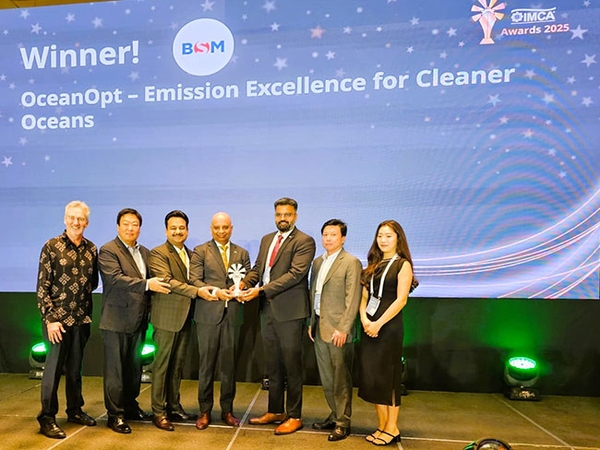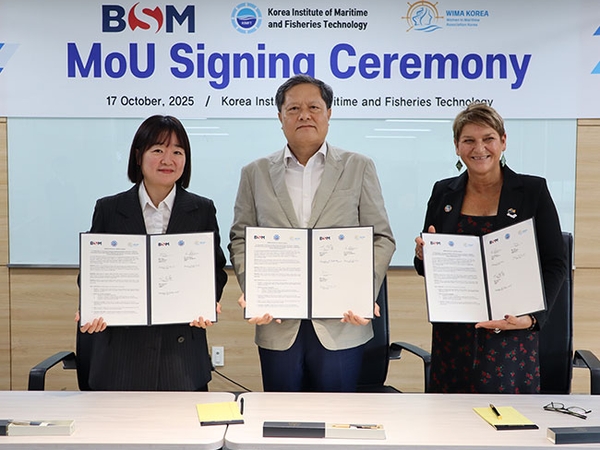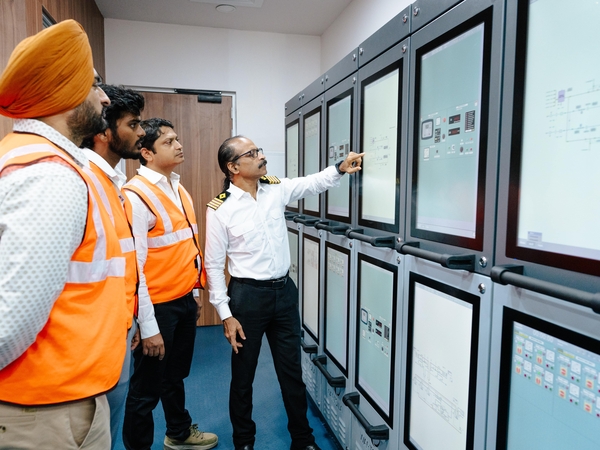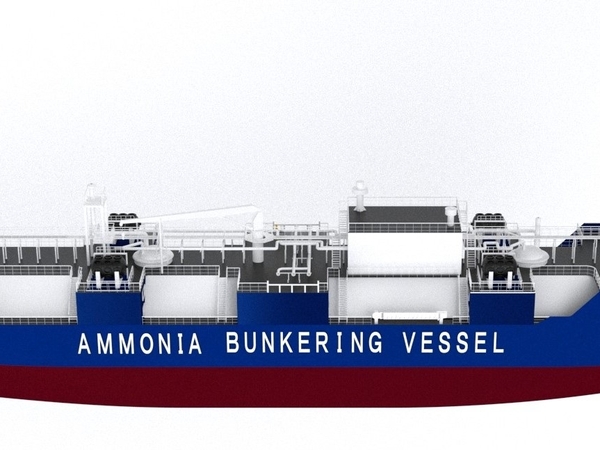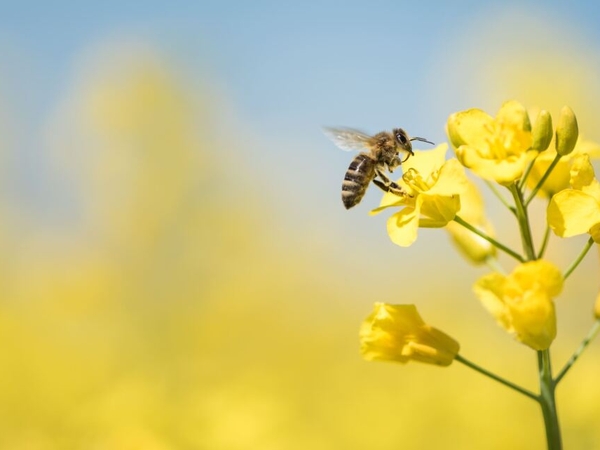BSM wins IMCA Greenhouse Gas Project of the Year
05 Dec 2025 - News
BSM wins IMCA Greenhouse Gas Project of the Year
BSM, in partnership with Schulte Group member OceanOpt, has won the Greenhouse Gas Project of the Year at the IMCA Annual Awards 2025. The ceremony was held during the Global Summit in Kuala Lumpur on 26 November.
